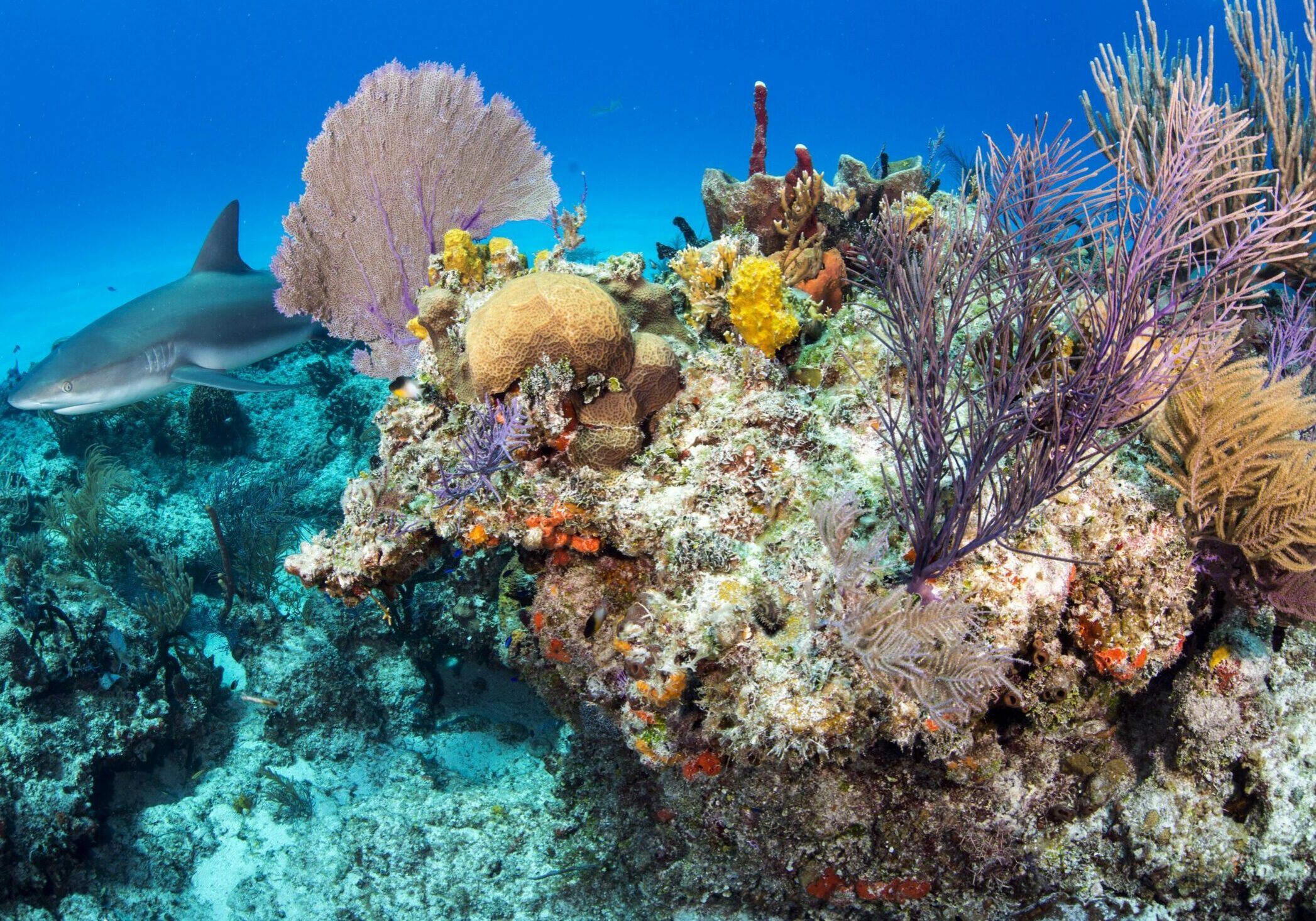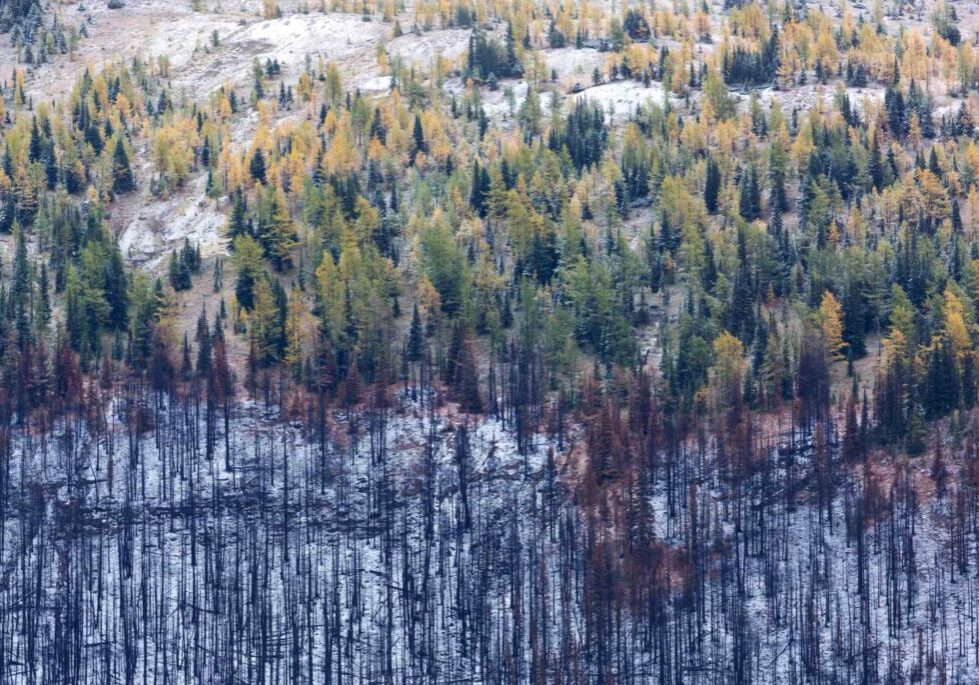News footage in recent years has captured shocking scenes around the planet: koalas – fur singed, paws charred – rescued from smouldering eucalypt forests; whole Californian towns razed by vast conflagrations; Brazilian lowlands once cloaked by Amazon rainforest blanketed only with ash, stretching into the distance.
The frequency, extent and intensity of wildfires have soared this century. WWF-backed analysis published in August 2020 revealed that the number of global fires in 2020 was 13% higher than in 2019 – itself a record year.
Fire seasons (prolonged hot, dry spells) are becoming more extreme and lasting longer, increasing in duration by, on average, nearly one-fifth since the 1970s.
Unsurprisingly, climate change is a key component – and it’s a vicious circle. Fires worldwide release roughly as much CO2 as annual emissions from all EU countries, contributing to climate change, which in turn increases fire risk.
In the northern hemisphere, climate change has led to longer wet periods that promote quick vegetation growth, and longer heatwaves that dry the extra vegetation; atmospheric humidity is lower, ecosystems are more fire-prone.
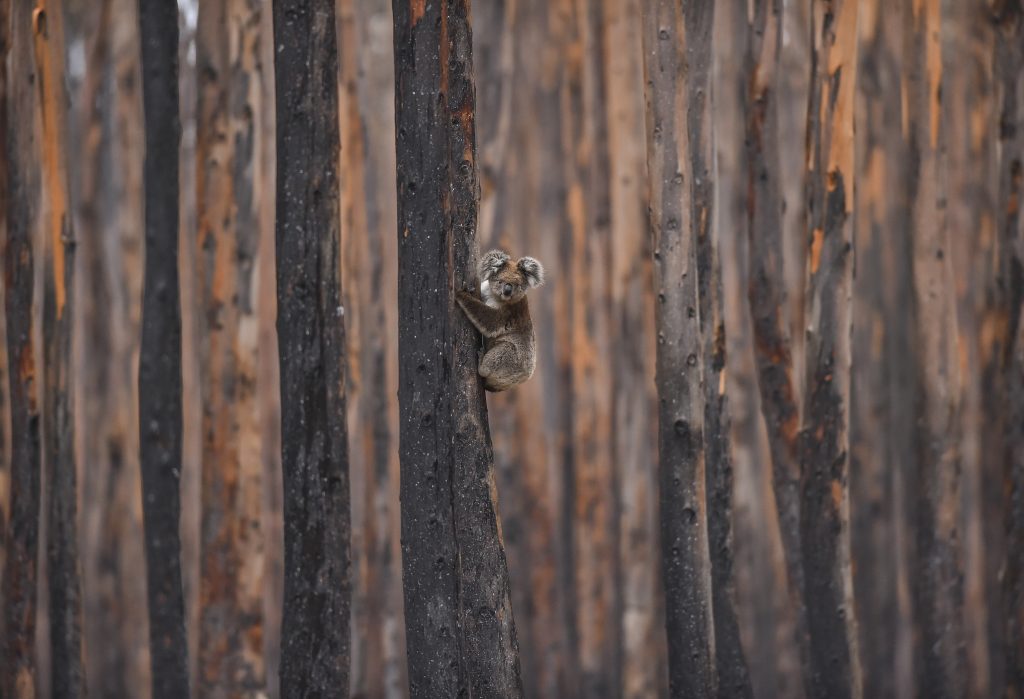
© GETTY IMAGES
High and dry
In the southern hemisphere, Australia has suffered droughts across consecutive hot, dry summers, and increased wind velocities, fuelling longer and more devastating bushfire seasons.
Australia’s 2019-20 fire season was the worst ever, destroying one-fifth of the country’s broadleaf and mixed forest biome, and affecting nearly three billion animals. What’s more, dozens of people were killed, and countless more lost their homes and livelihoods.
Climate change affects tropical forests, too. “Under normal climatic conditions, the Amazon is not an ecosystem that should burn,” says Sarah Hutchison, our head of programmes for Latin America. “Fire here is associated with human activity, but also with the changing climate and droughts.”
The results have been alarming. In June 2020, at the beginning of the dry season, fires in the Brazilian Amazon hit a 13-year high; more than 50,000 fire outbreaks were detected in September 2020 alone. The main cause is clear: an increase in illegal occupation of land.
“The immediate driver is land claim,” says Sarah. “Invaders typically clear and burn land to increase its value, then sow pasture and bring in cattle to concrete the claim, in the hope that rights will be officially recognised later.” Much of this destruction is caused by demands from abroad for commodities produced in this region.
world on fire
Many fires burned around the world in 2019–20, with different causes, scales and impacts
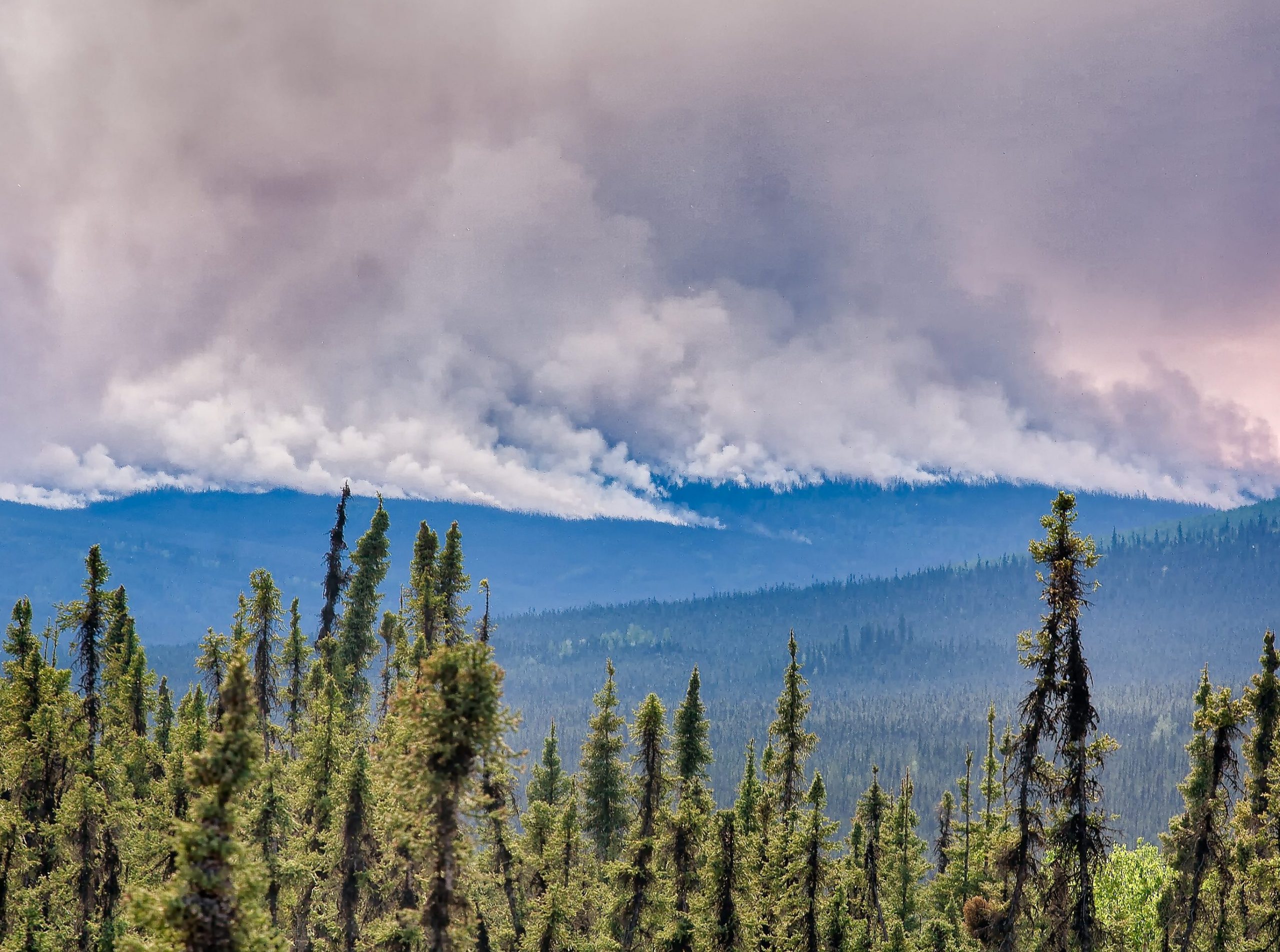
© GETTY IMAGES
ALASKA
In 2019, huge fires in Alaska – fuelled by rising temperatures and drier than normal conditions – threatened people’s food security, infrastructure, health and cultural identity, as well as ecologically significant habitats that are home to species such as caribou and salmon.
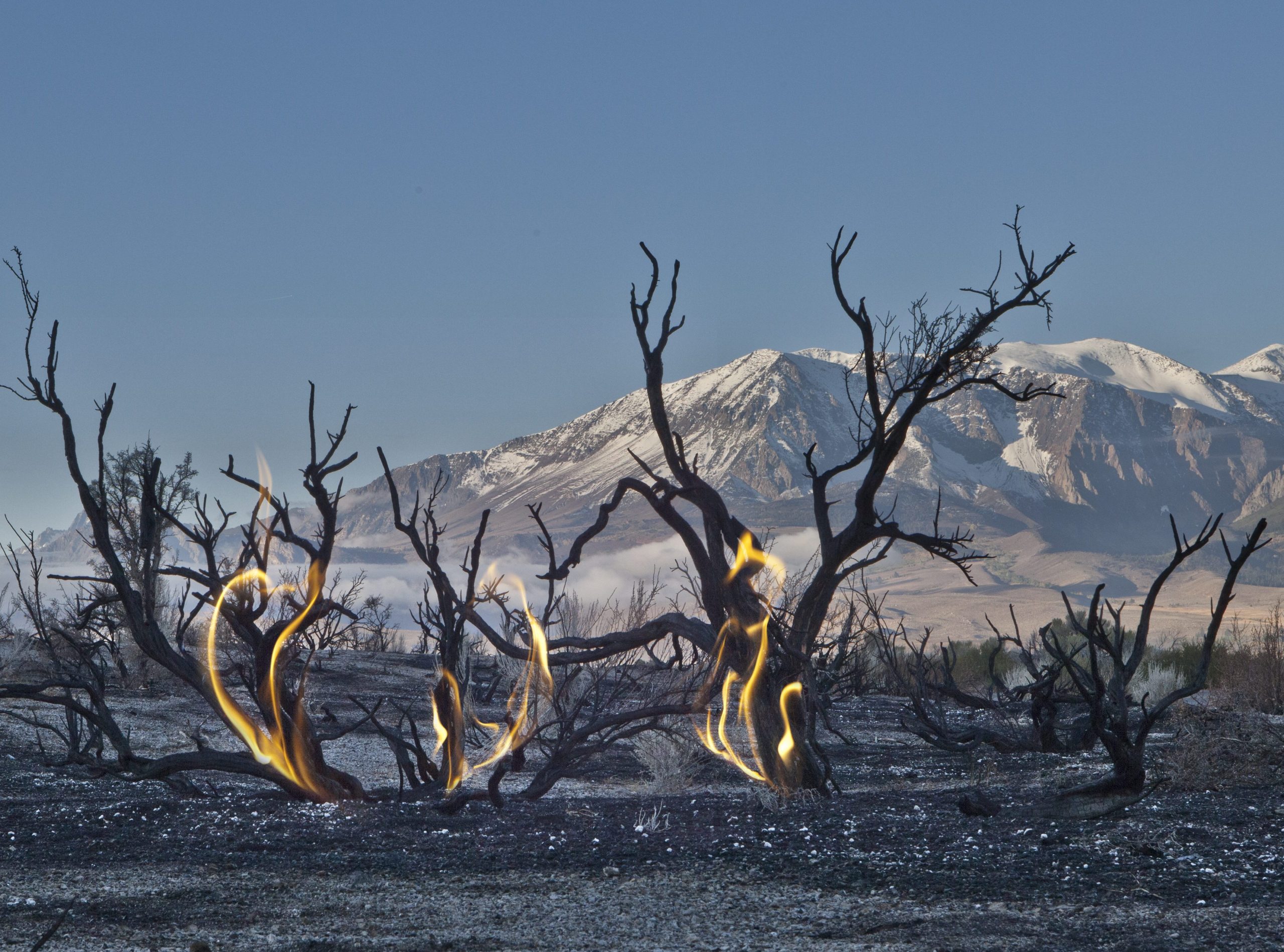
© GETTY IMAGES
CALIFORNIA
In 2020, extreme heat, drought, high winds and lightning resulted in fires that burned longer, more intensely and across greater areas than in previous years, with disastrous consequences for people and wildlife. More than 18,000 sq km burned across California, Oregon and Washington in the summer of 2021. The increasing devastation of fires in California can be linked to factors including climate change and land management techniques over many years.
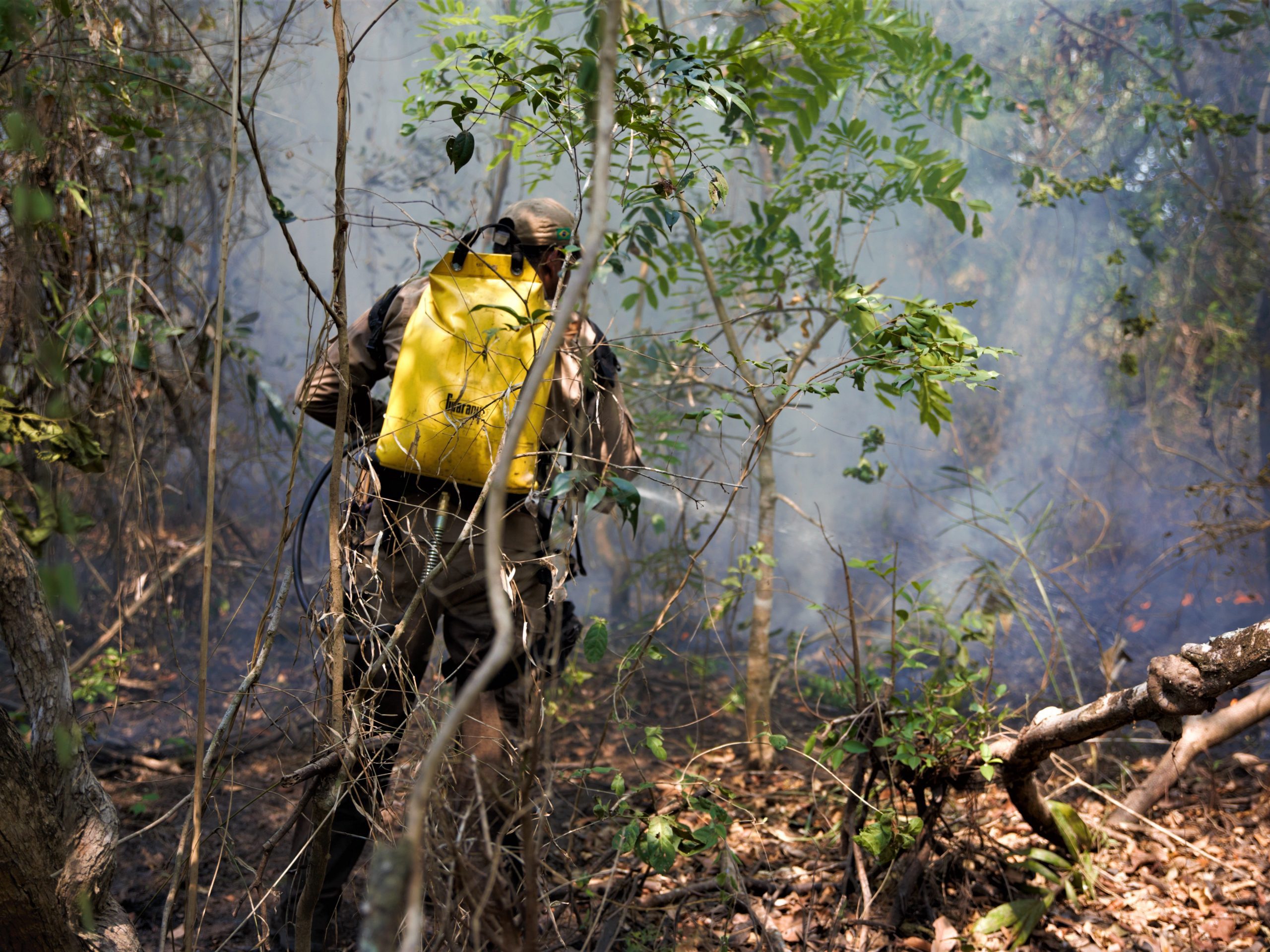
© RAFAEL DE CASTRO BENTO / WWF-BRAZIL
PANTANAL
Last year, more than three times as many forest fires blazed in the Pantanal, the world’s largest tropical wetlands, than in 2019. By November, almost 45,000 sq km, around 30% of the total area of the Pantanal, had burned. Thousands of species including jaguars, anteaters and birds were threatened by the fires, caused or aggravated by factors including drought, deforestation and burning of pastures.
Deforestation in the Brazilian Amazon, and the fire that invariably follows, is accelerating. Over 11,000 sq km of forest were lost in the year up to July 2020 – a 12-year high.
The rhetoric and policies of Brazil’s current government under president Jair Bolsonaro have contributed to the problem, reducing funds for environmental conservation and pushing to dilute land protection.
The result has been to embolden and enable illegal land invasion in the Amazon, with a corresponding sharp increase in deforestation rates.
“This is compounded by Covid-19, which has restricted surveillance and policing on the ground,” says Sarah. “But also the sense of impunity that people can get away with environmental crimes has grown.”
The impacts of Amazon fires are felt locally, nationally and globally. Wildlife suffers, of course. The region, which contains nearly a third of the world’s tropical rainforests, is home to 10% of all known species.
Fires also badly affect local populations – particularly indigenous peoples, comprising three million people and more than 350 groups, whose lands cover 24% of the Amazon.
In 2019, at least 148 indigenous territories in Brazil were affected by fire. Apart from the devastating losses suffered and the impact on the natural resources on which these groups depend, the fires also pose a risk to human health. Last year, the same communities faced the additional threat of Covid-19.
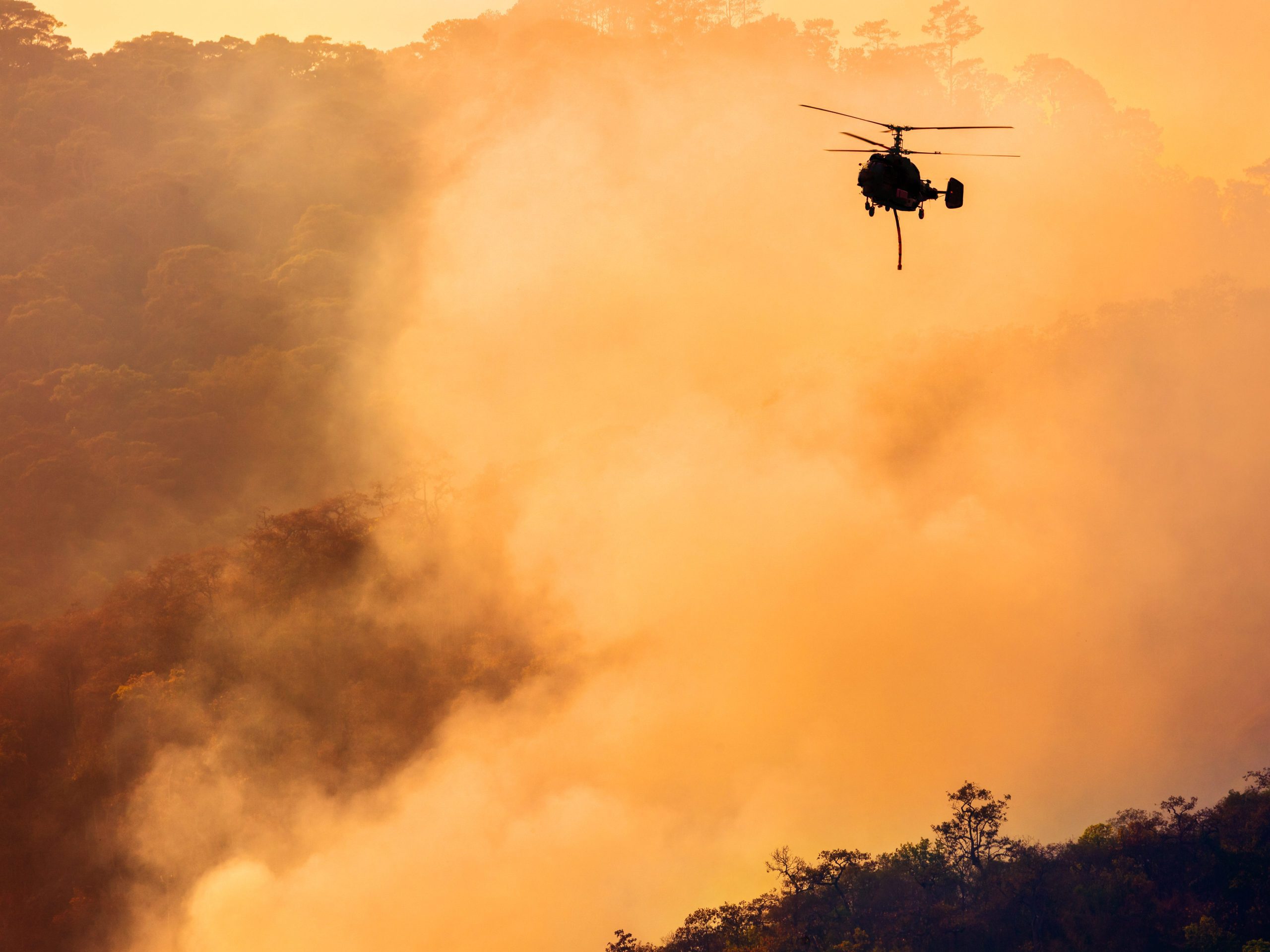
© GETTY IMAGES
DEMOCRATIC REPUBLIC
OF THE CONGO
In the Congo Basin, fires are typical at the end of the dry season. While some begin naturally, others are deliberately set by farmers to clear land for agriculture and improve yields. Farmers have used such practices for generations, but rising temperatures, droughts and logging activities have made forests drier and less dense, and therefore more vulnerable to larger, more frequent and more damaging fires.
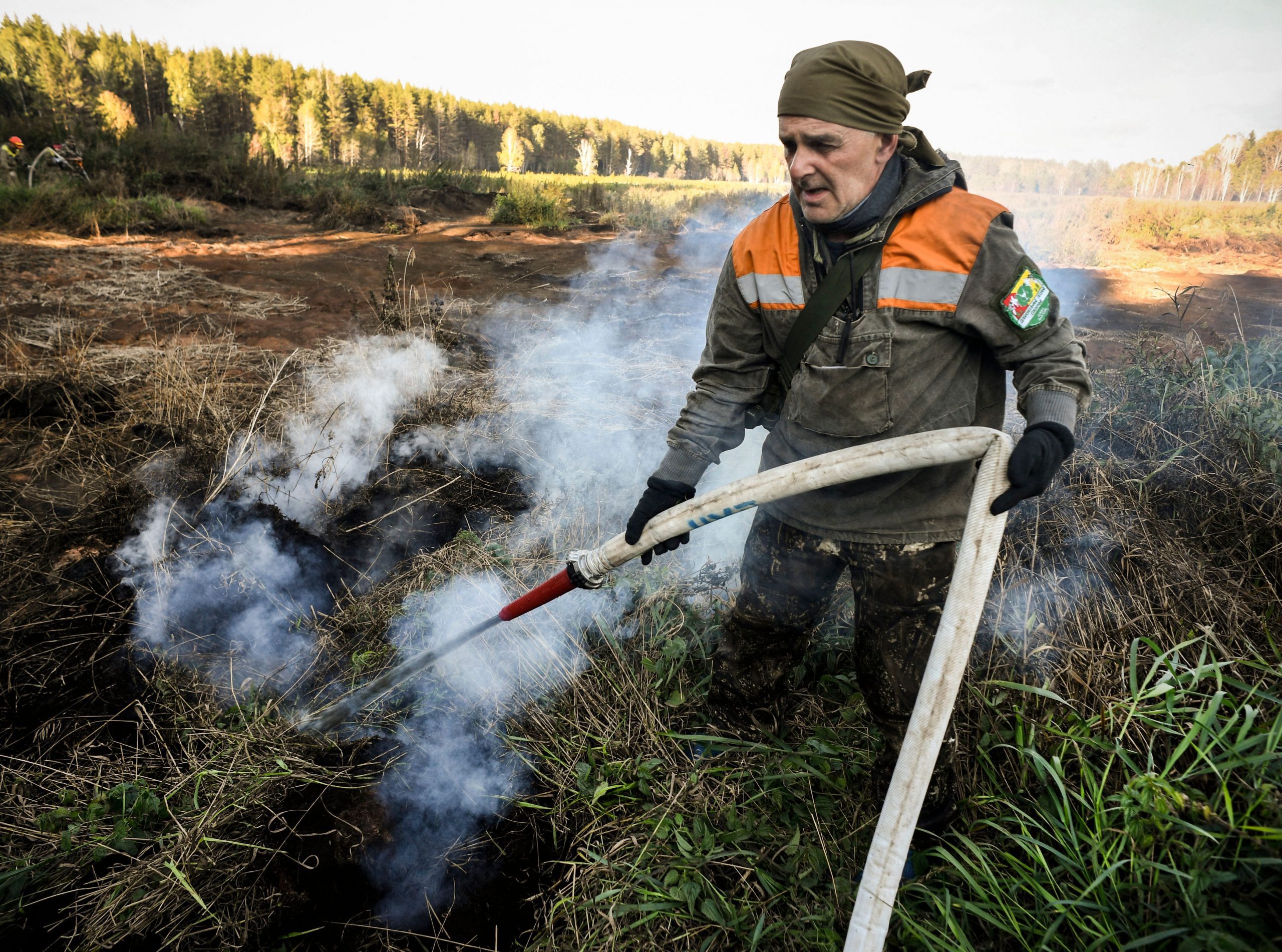
© GETTY IMAGES
RUSSIA
An average of at least 28,000
sq km of Russia’s forests are burned each year – three times the area felled by industrial logging. In 2019, the area destroyed by forest fires was the second-largest ever recorded, and an even greater area was projected to be burned in 2020. Climate change plays a role: winter 2019–20 was the country’s warmest since records began 140 years ago.
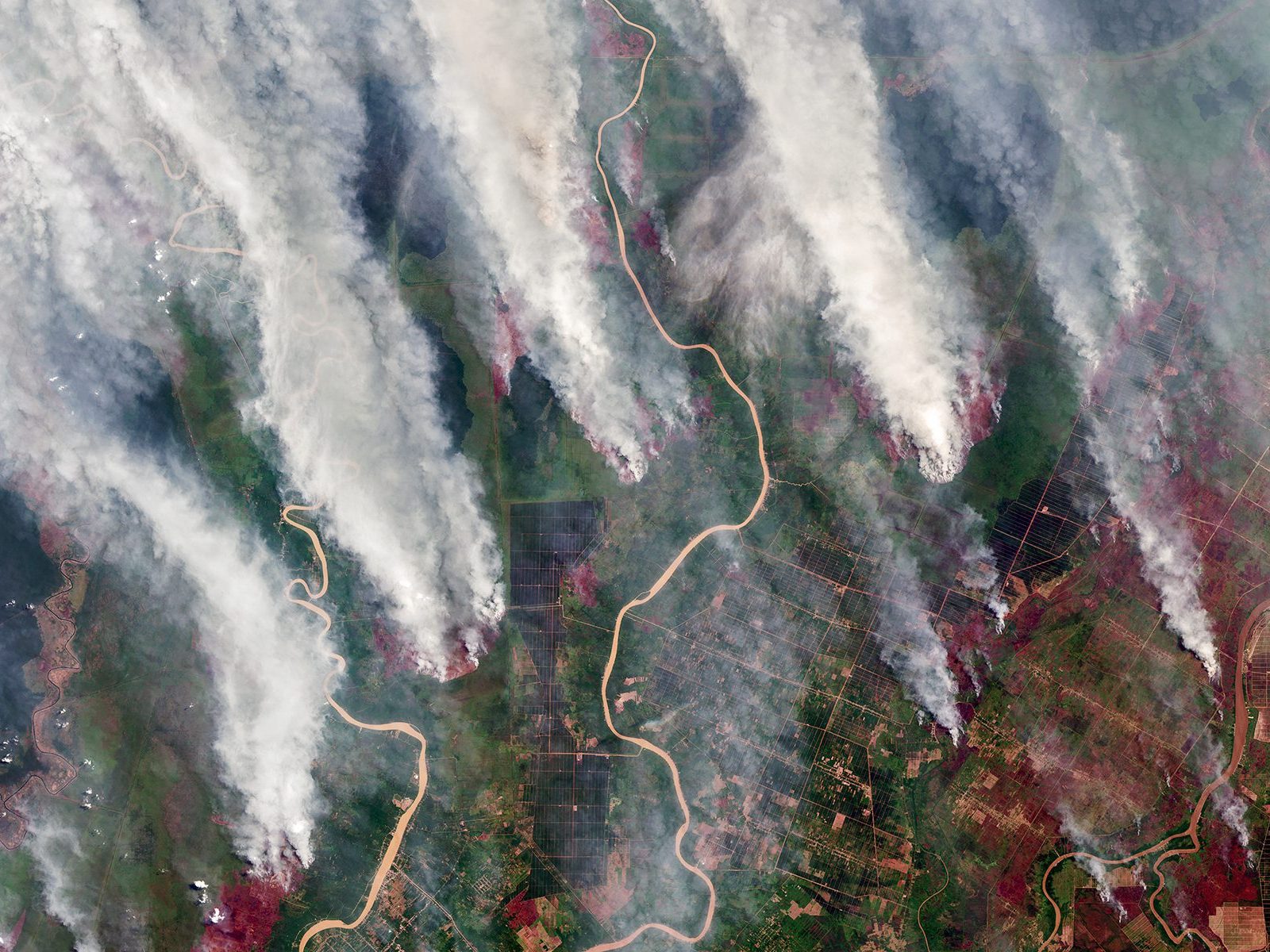
© GETTY IMAGES
INDONESIA
Most wildfires in Indonesia are set illegally to clear land for cultivating rubber, oil palm and other valuable commodities. They can quickly grow out of control, burning not only forests but also peat, which can smoulder underground at low temperatures for long periods, releasing carbon that’s been stored underground for tens of thousands of years.
A health crisis
“Fires, especially those in recently felled forests, generate huge amounts of smoke, which causes respiratory problems,” says Sarah. “If a person is also vulnerable to – or suffering from – Covid-19, smoke inhalation will exacerbate those problems.”
The global impact of Amazon fires could be momentous. Its trees contain up to 140 billion tonnes of carbon – the equivalent of 100 years of human emissions – and deforestation here releases 400 million tonnes of carbon annually. We need to halt deforestation and fires – quickly.
“The Amazon is a litmus test of our ability to tackle climate change,” says Will Baldwin-Cantello, our chief adviser on forests. “We’re already seeing tree species that are characteristic of drier habitats becoming more dominant in the rainforest, and conditions for fire are more prevalent.”
Around 17% of the forest is already cleared; some scientists estimate that an irreversible tipping point, beyond which the region as a whole will become drier and savannah-like, could be reached if just 5% more is destroyed.
“This could happen within a decade or two,” explains Will. “We’ve got limited time to turn it around and protect the Amazon as the moist tropical rainforest we know today.”
With your help, we’re working to tackle the causes and impacts of deforestation and fires. Your amazing response to our Amazon appeal – which has raised over £1 million at the time of writing – has funded both emergency and long-term actions.
In Brazil, we responded to requests from local communities affected by the fires for food, water and medicine, and our support reached over 18% of the Brazilian Amazon. We also funded training and equipment for monitoring and fighting fires.
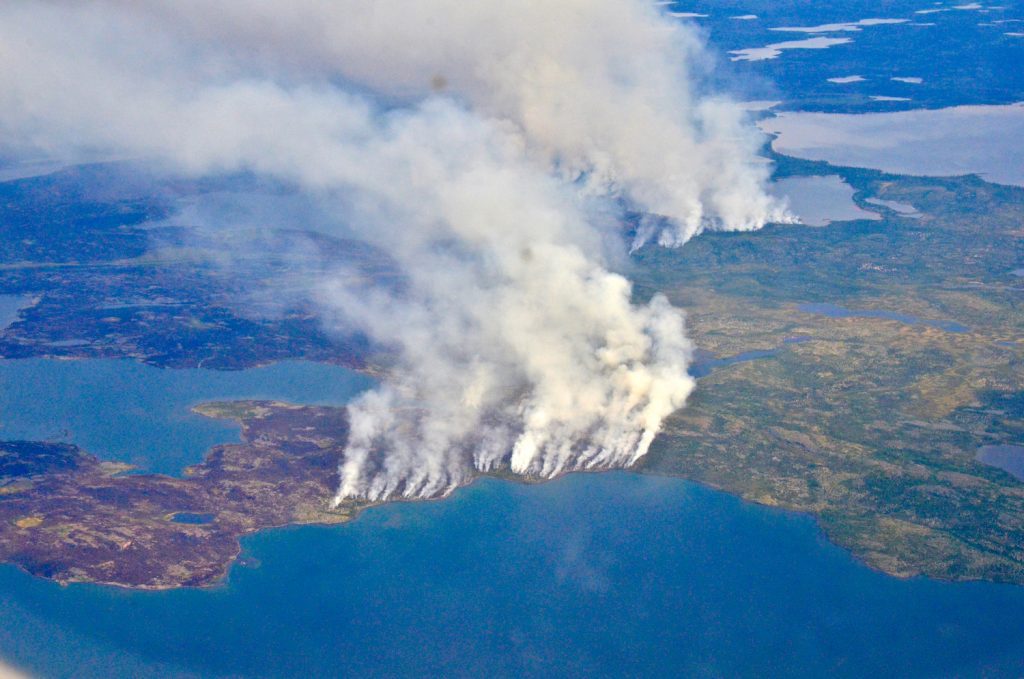
© NASA
Tackling the root causes
“The work we support is much broader than just the emergency response,” says Sarah. “We’re tackling all of the drivers of deforestation, such as illegal gold mining. We’re also supporting the efforts of Indigenous peoples to defend their land, especially in Rondônia state, which is seeing an upsurge in deforestation and land invasions.”
We’ve worked closely with local partners and indigenous groups who identified a need for organisations such as local NGO Kaninde to upscale land surveillance work, with our financial and technical support.
That includes the use of technology such as drones to survey inaccessible areas – it’s a lot safer if local communities don’t need to come face to face with infractions in order to document them and build up evidence remotely.
But we also provide training in non-confrontational surveillance techniques and personal safety measures because, unfortunately, death threats are not uncommon. Legal support, training and advocacy at a local, national and international level are other key elements.
“The Amazon has a large urban population in centres such as Manaus, where we work to mobilise, engage and inform people,” says Sarah. “WWF constantly monitors laws and works to influence them through parliamentary process or the courts.”
Another way we’re helping is by working with local communities to jointly develop and support sustainable livelihoods, in areas such as agriculture and the harvesting of natural products like açaí berries.
It’s time we recognised that the destruction of forests is driven partly by global demand for products that come from that land.
“People are destroying the Amazon because once you’ve cleared the land, you can sell it on for agricultural use,” explains Mike Barrett, our executive director of science and conservation. “The UK won’t be part of the solution until we stop importing products that drive the economics behind the deforestation.”
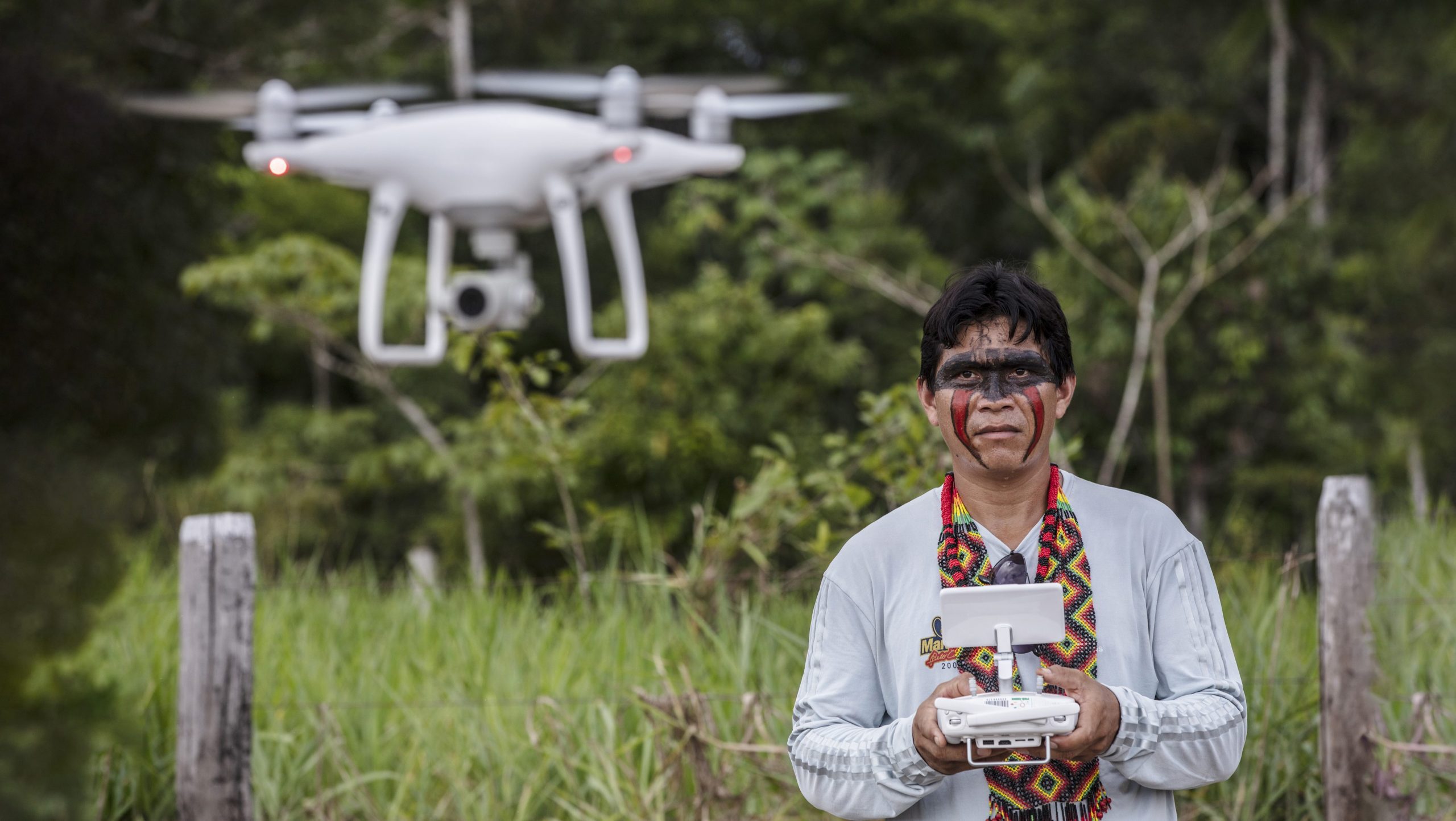
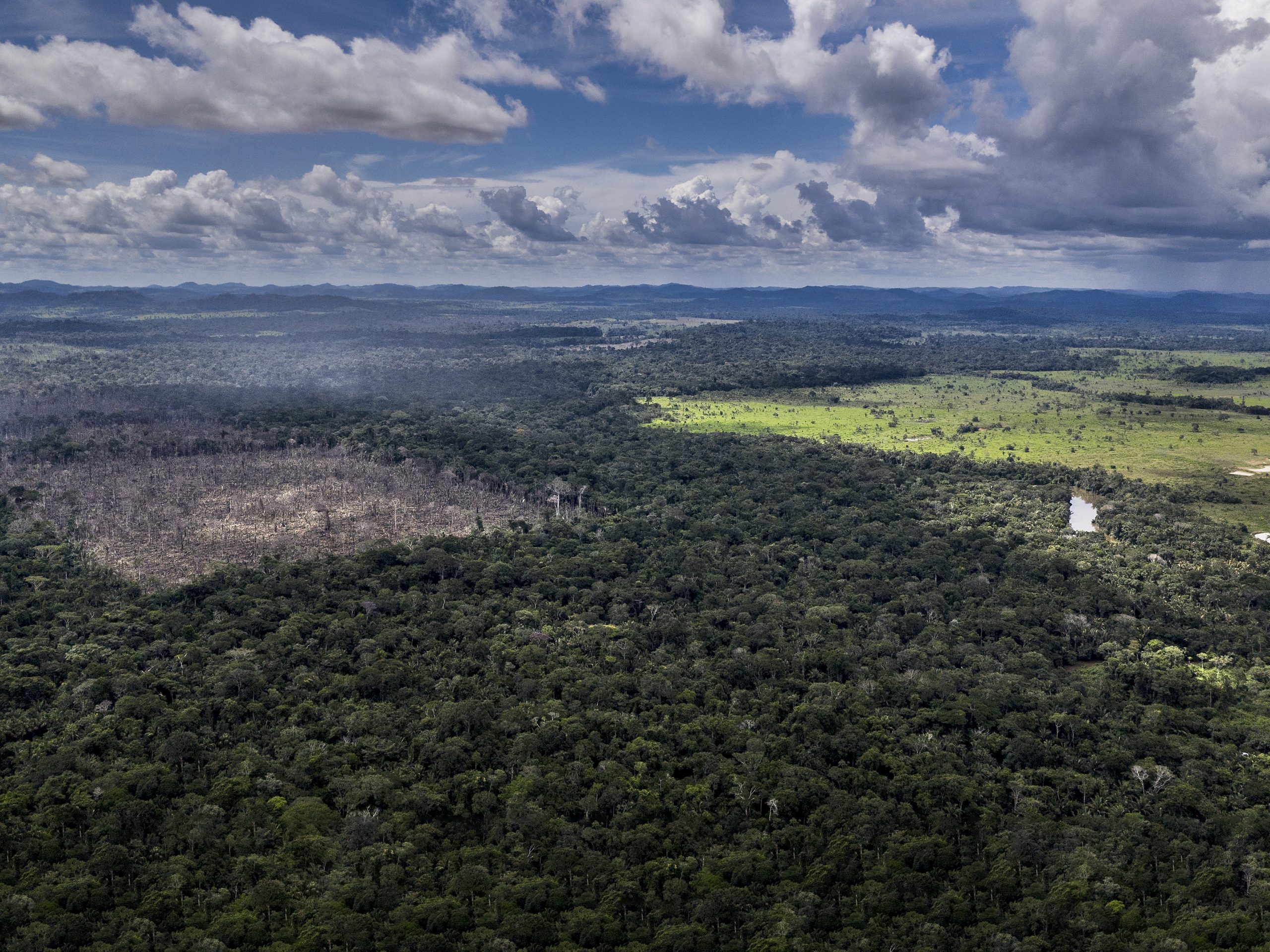

A global problem
We believe the Environment Bill currently being finalised by the UK government could hold part of that solution, in the shape of a mandatory due diligence obligation that would prohibit UK companies from importing products directly linked to illegal deforestation and/or habitat conversion.
Throughout 2020, we campaigned for ambitious and world-leading measures to be included in the Environment Bill which could help address the UK’s growing global footprint.
Our supporters have been paramount in keeping the pressure on government to take urgent action to sever the link between the UK and global overseas nature loss.
“This is a great opportunity for the UK to lead by example globally,” says Will. “But, in the Brazilian Amazon, farmers can legally clear 20% of their land, so a huge amount of the Amazon could still be legally deforested to produce goods that come into the UK or Europe. We want to make sure all the goods we import are 100% deforestation-free.”
Clearly, the outlook is worrying. “Deforestation, climate change and fires are pushing the Amazon towards a point where it can’t recover,” says Mike. “If we lose the Amazon, we will lose the fight against climate change. There will be no going back.”
It’s not an easy task. “There’s no single simple solution,” says Sarah. “These are complex problems that require work on numerous fronts. Few organisations have the ability and the capacity to do that – but WWF is one that does. And, by working with our partners, we can address these huge issues.”
We have hope the tide can be turned – that, globally, we can combat the drivers of climate change, deforestation and fires. Your voice, your contributions, your choices and your support are all important weapons in this fight.
“If we act urgently, and with big ambition, we can turn this around as early as 2030,” says Mike. “So by the end of this decade, we could be in a world where nature is recovering and no longer in freefall.”
More to explore
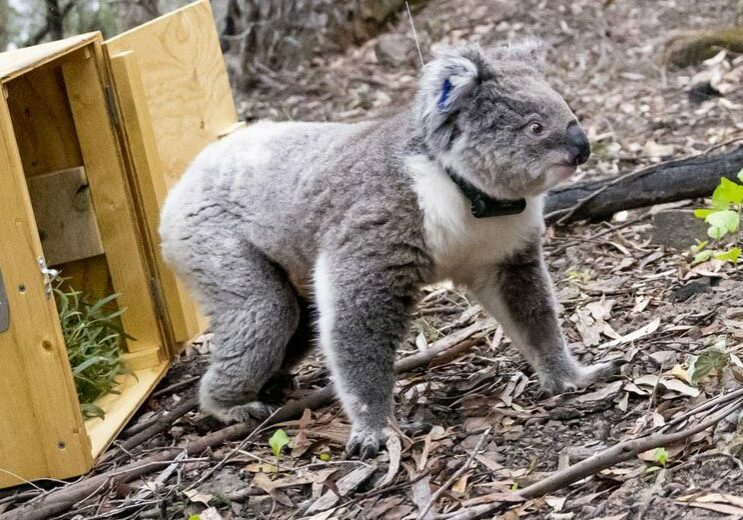
Video: Koala rescue!
A year after being rescued from the catastrophic bushfires of 2019–20, Annie the koala has returned to the wild
